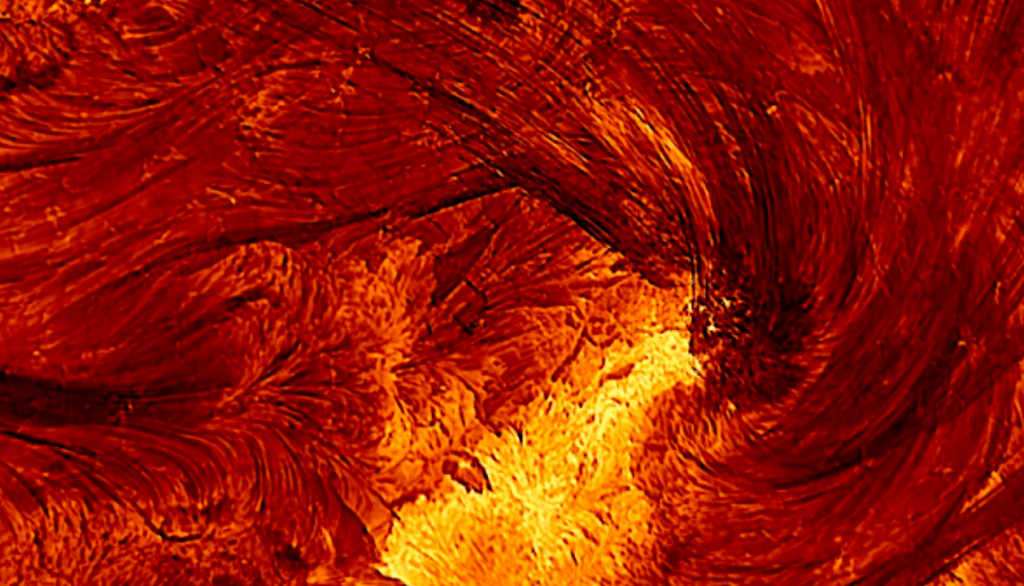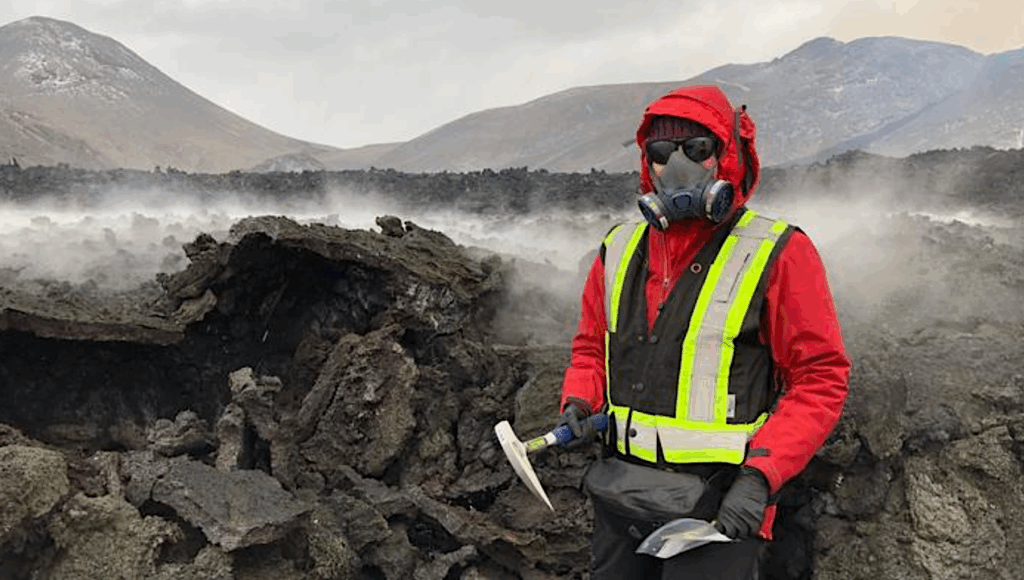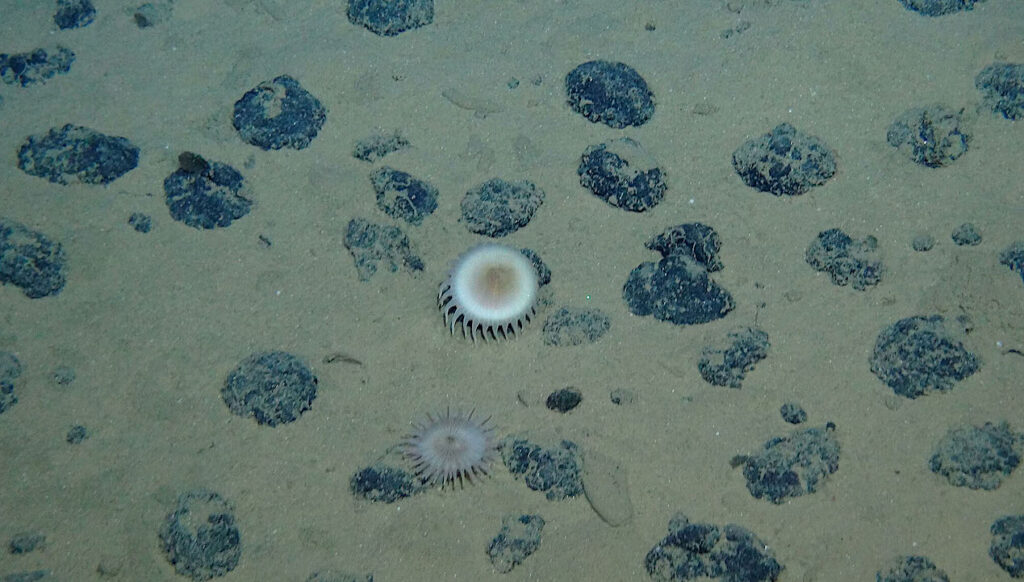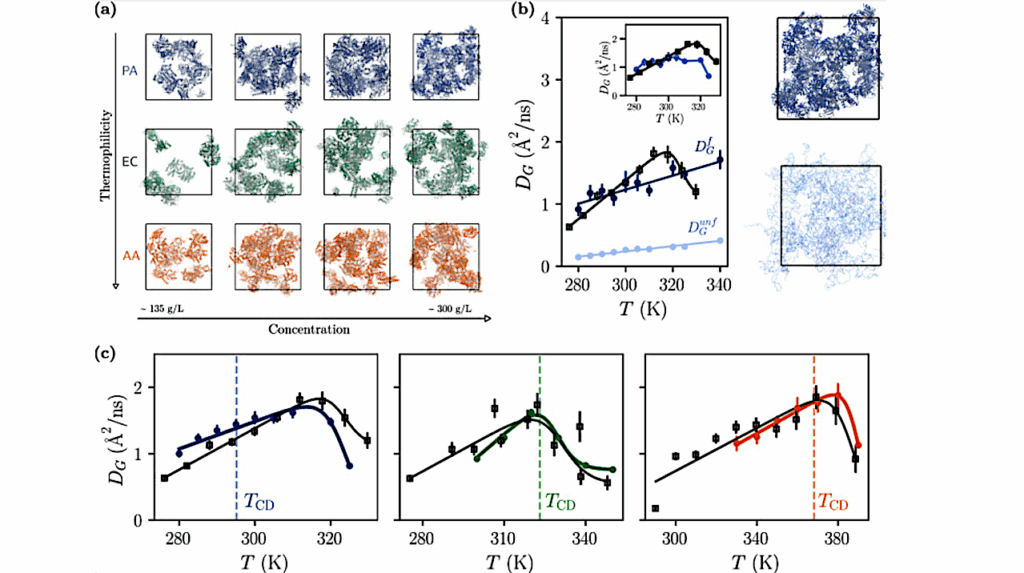Water Worlds In N-body Simulations With Fragmentation In Systems Without Gaseous Giants

We analyze the formation and evolution of terrestrial-like planets around solar-type stars in the absence of gaseous giants. In particular, we focus on the physical and dynamical properties of those that survive in the system’s Habitable Zone (HZ).
This study is based on a comparative study between N-body simulations that include fragmentation and others that consider all collisions as perfect mergers. We use an N-body code, presented in a previous paper, that allows planetary fragmentation. We carry out three sets of 24 simulations for 400 Myr.
Two sets are developed adopting a model that includes hit-and-run collisions and planetary fragmentation, each one with different values of the individual minimum mass allowed for the fragments. For the third set, we considered that all collisions lead to perfect mergers. The systems produced in N-body simulations with and without fragmentation are broadly similar, with some differences. In runs with fragmentation, the formed planets have lower masses since part it is distributed amongst collisional fragments.
Additionally, those planets presented lower eccentricities, presumably due to dynamical friction with the generated fragments. Perfect mergers and hit-and-run collisions are the most common outcome. Regardless of the collisional treatment adopted, most of the planets that survive in the HZ start the simulation beyond the snow line, having very high final water contents. The fragments’ contribution to their mass and water content is negligible.
Finally, the individual minimum mass for fragments may play an important role in the planets’ collisional history. Collisional models that incorporate fragmentation and hit-and-run collisions lead to a more detailed description of the physical properties of the terrestrial-like planets formed. We conclude that planetary fragmentation is not a barrier to the formation of water worlds in the HZ.
Agustín Dugaro, Gonzalo C. de Elía, Luciano A. Darriba
Subjects: Earth and Planetary Astrophysics (astro-ph.EP)
Cite as: arXiv:2008.03594 [astro-ph.EP] (or arXiv:2008.03594v1 [astro-ph.EP] for this version)
Submission history
From: Agustín Dugaro
[v1] Sat, 8 Aug 2020 20:50:18 UTC (997 KB)
https://arxiv.org/abs/2008.03594
Astrobiology








